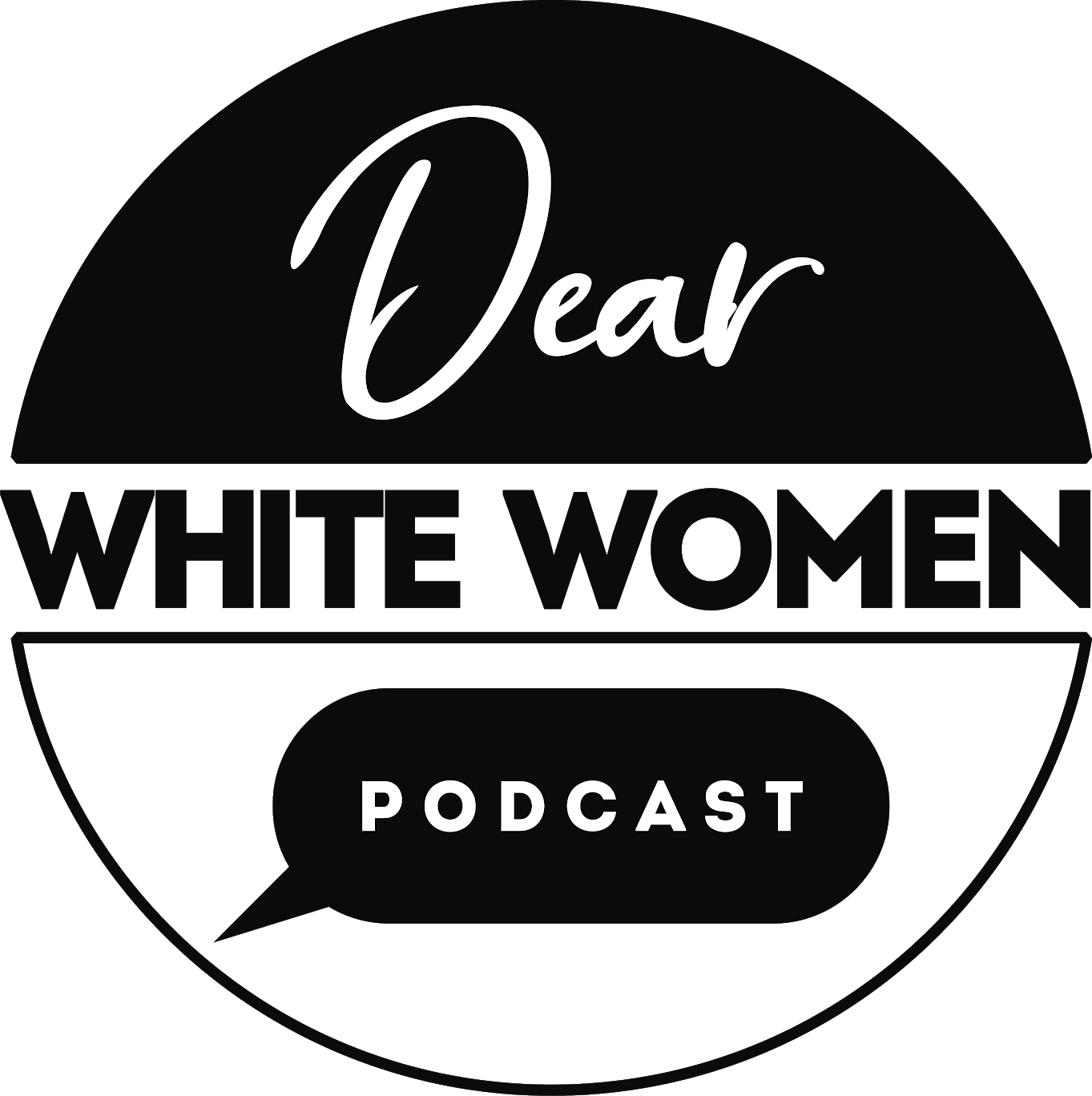Episode #23
Hair & Identity:
Don’t Touch the Hair
Our hair is undeniably connected to our identity, but what does it mean when random people feel compelled to touch the hair of another, without asking permission? Why do we perceive this as a threat? Why must we be made to feel “other” by someone’s words and actions?
Today, we are going to be discussing hair and identity: black hair, its history in the United States, discrimination around black hair, and why you shouldn’t touch someone’s hair on the playground.
“People who wrote these policies do not know how black hair grows, how it is in its natural form, the history of it, the variety of it, the effort it takes to style and maintain it.” - Sara
Show Highlights:
Misasha recounts the mental chatter and overwhelming emotional response at people touching her son’s hair at the playground.
Sara describes a man going out of his way to touch her daughter’s hair during a trip to Japan, and the protective feelings that ensued.
Sara asked a white friend with very curly hair if people came up and touched her hair. Sara wondered if the hair-touching was a curly-hair curiosity, or a racial one.
Sara’s friend responded affirmatively that people DO touch her hair, but ask for permission every single time. Her friend also noted that she has seen people randomly touching the curly hair of a person of color without asking permission.
In this country, there has been a long history of black hair being considered inferior and the “other”.
In the 1400’s, Europeans who had gone to Africa noticed the elaborate hairstyles, such as locks, plates, and twists, but when these people were brought to America as slaves, that hair became de-humanizing (for example, it was referred to as “wool” by white people), and they couldn’t retain these fantastic hair styles.
By the 1800’s, there was an obvious discrepancy related to hair: lighter-skinned, straight-haired slaves commanded higher prices at slave auctions than darker, more “kinky haired” ones.
Internalizing this color-consciousness, even black people in that time period promoted the ideas that black with dark skin and “kinky hair” are less attractive and worth less.
In 1865. slavery technically ended, but whites looked upon black women who styled their hair as white women, as “well-adjusted”. There was a socialization and a marginalization that happened. “Good hair” became a prerequisite for entering churches, schools, social groups, and business networks. If you didn’t have hair like white women, you didn’t have access to the same acceptance.
This idea has carried over into today’s society, where natural hair is mainly viewed as unprofessional and unkempt.
In a 2016 study, an overwhelming bias towards smoother hair types and against natural hair types was found, which leaves black women vulnerable to discrimination.
In 1880, metal hot combs were readily available in the Unites States (although they were invented by the French in 1845) to heat, press, and temporarily straighten curly hair.
In the 1900’s, Madam CJ Walker developed a line of hair care products designed for black hair care, and she popularized the press and curl style. Some people criticize her for encouraging black women to look white.
Madam CJ Walker is listed in the Guinness Book of World Records as the first American, female, self-made millionaire. She also happened to be black.
By 2006, black hair care is a billion-dollar industry. In Style magazine did a nation-wide survey and found that on average, black women spend $1,114 per year on hair products, and treatments, and 23% of black women get their hair relaxed.
By 2017, 9 times more was spent on ethnic hair and beauty products compared to their non-black counterparts.
Reclaiming natural hair has become a social statement. Misasha gives an overview of natural hair, the Jheri curls, and braids and beads.
Under Title 7 of the Civil Rights Act of 1964, employers are allowed to enforce dress code and appearance policies that include the regulation of hair. The EEOC, which enforces these laws, states that employers can impose rules calling for neutral hairstyles, which have to be applied to everyone, equally, regardless of race.
Misasha provides some examples of how this can sometimes be used against people of color.
Sara talks about discrimination in the work place based solely on hair.
Workplace discrimination is terrible, but is heartbreaking when it comes to school. Sara and Misasha discuss the 2013 case of 7 year-old Tiana Parker, who was banned from wearing her hair in dreadlocks at a charter school. The school later came under fire for its stand, and has since updated its policies.
Please read more about this issue, and think about how you view different hairstyles, and consider your own biases.
Please do not touch the hair. Always ask permission, but talk to the parent first. Please consider how your words and action might make the child and the family feel.
Links:
Email: Hello@dearwhitewomen.com
Mentioned Resources:
Book
Hair Story: Untangling the Roots of Black Hair in America, by Ayana Byrd
Website
Documentary
Good Hair, directed by Jeff Stilson and produced by Chris Rock
Follow us on social media to continue the conversation!
Facebook | Instagram | Twitter
Subscribe to the Podcast
Listening on iTunes?
Listening on Android?
Review Podcast
Enjoying the show? It would mean the world to us if you’d rate and review the podcast where ever you are listening!
Are you an iTunes listener?
Click here to review podcast! - Select “ratings and reviews” and click “write a review”
